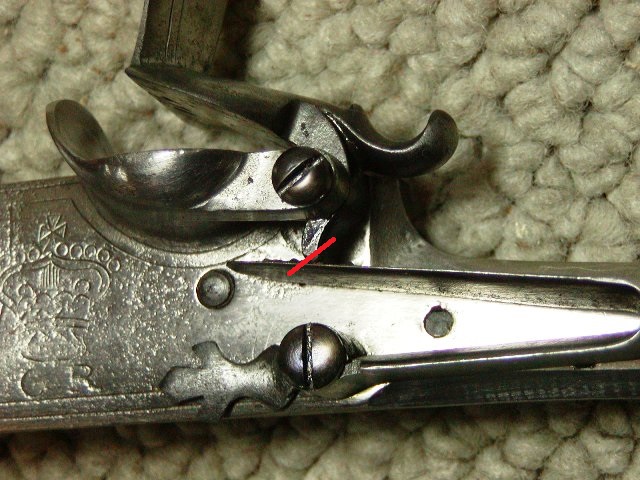Larks
40 Cal
I had really hoped that I’d be posting my finished Baker Rifle rather than begging for more help but, although I thought that I’d had this sorted a while ago, my hammer won’t fully close with the frizzen not fully opening.
Initially the hammer was dragging against the side of the stock and I thought that was the issue, but after shaving that back and refinishing the stock I’m still having problems.
The frizzen is somewhat stiff and I wonder if that is what is stopping it from behaving as it should? There doesn’t seem to be anything binding it so I wonder if the frizzen spring is a little too strong and, if that could be the case, can it be lightened up somehow? ie by perhaps thinning it out a little somewhere? Or is that a foolish idea?
I am getting a little spark but am hoping that might be more effective once I get the action working properly, otherwise I’ll have another crack at case hardening it again.
I have tried flipping the flint up the other way and I swapped a lead flint wrap for the leather to get the flint sitting further back hard against the jaw screw.
Initially the hammer was dragging against the side of the stock and I thought that was the issue, but after shaving that back and refinishing the stock I’m still having problems.
The frizzen is somewhat stiff and I wonder if that is what is stopping it from behaving as it should? There doesn’t seem to be anything binding it so I wonder if the frizzen spring is a little too strong and, if that could be the case, can it be lightened up somehow? ie by perhaps thinning it out a little somewhere? Or is that a foolish idea?
I am getting a little spark but am hoping that might be more effective once I get the action working properly, otherwise I’ll have another crack at case hardening it again.
I have tried flipping the flint up the other way and I swapped a lead flint wrap for the leather to get the flint sitting further back hard against the jaw screw.











